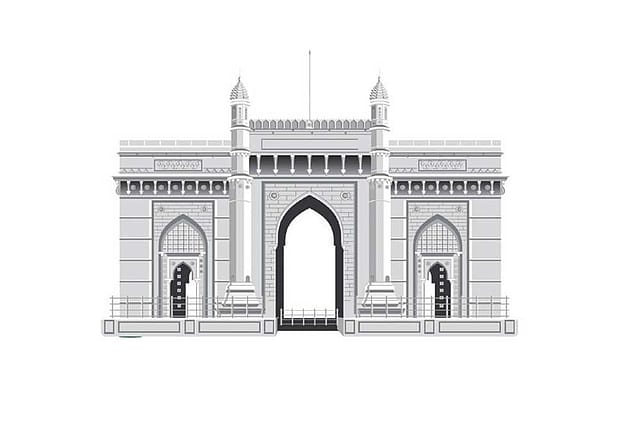Mumbai Notebook

Because of travel deadlines, this is being written before June 2nd, which is (or 'was' when you read this) World Environment Day. I don't think I am sticking my neck out too much by saying that the day will be commemorated by printing many special newspaper supplements, holding a number of self-congratulatory/ dire warning events by environment-protection agencies and NGOs, and more formal government functions where the chief guest (cabinet minister, chief minister or higher) will grace the occasion after driving to the venue at speed with a trailing entourage. Thus will we celebrate World Environment Day by cutting down more trees for newsprint and paper, and generate more pollution with the cavalcade of cars.
But if all this isn't done, how will awareness about the environment increase?
To be, or not to be, is always the question, and nowhere more so in the perennial tussle between protecting the things that protect us and progress. Years ago, the authorities wanted to widen Napean Sea Road (they, of course, called it by the changed name of Lady Laxmibai Jagmohandas Marg). This seemed like a sensible thing to do, considering that it is one of only two approaches to the whole Malabar Hill area, and the area being what reporters describe as posh, the population of cars is not inconsiderable. Result: traffic jams through the day, becoming truly terrifying during rush hours.
2026 New Year Issue
Essays by Shashi Tharoor, Sumana Roy, Ram Madhav, Swapan Dasgupta, Carlo Pizzati, Manjari Chaturvedi, TCA Raghavan, Vinita Dawra Nangia, Rami Niranjan Desai, Shylashri Shankar, Roderick Matthews, Suvir Saran
Widening roads inevitably means cutting down trees—as trees all over the world are—on the sides of the road. Hue and cry arose, and when the hue is rich, the cry is very loud indeed. "No cutting our trees," the residents of the area shouted gently, and while they were too well-heeled to hug any trees, they did the next best thing, which was to use a lot of paper to write a lot of petitions. No one went to court, if I remember, so the tree-chopping wasn't unduly delayed. There was probably a municipal corporation promise to replant the trees, and the promise was probably kept, but unlike human transplants, all the patients certainly died.
Tree transplants, especially with old, venerable trees which have lived in the neighbourhood for over a hundred years, work in very, very few cases. The trees are probably fond of their surroundings (not having moved much over the years), and it's possible they didn't want to move in the first place. But no one asked them. So they grieved, and died.
The road did get widened, and the flow of traffic eased, so that now there are no traffic jams. The only ones that occur are when the traffic police decide they want to improve traffic flow, and intervene. The general improvement, as you can imagine, has frayed fewer tempers, captains of industry go home and smile as if they actually mean it, and carbon emissions from idling cars have reduced considerably. Is that, or is that not, a plus for the environment? I should imagine so, but is that improvement equal to the negative impact caused by the cutting down of so many trees? There must be a way of quantifying this but if someone has done the calculations, they are keeping the figures to themselves.
When developers hack trees and destroy mangroves with the connivance of officials of the municipal corporation, there's no right or wrong debate. That's pure and simple avarice, unless someone has a better word for it (Greed? Rapacity? Venality?). Over the years, the general public, through the insistent drumming of the message by environmentalists, has understood that mangroves are important. They are particularly vital to coastal cities like Mumbai because they maintain the integrity of shorelines by trapping silt, and thereby act as a buffer for floods. They prevent erosion from storms and reduce coastal damage. Yes, the general public now knows this, but builders and developers and municipal officials are not the general public.
But the right versus wrong debate has two very strong opposite arguments when you are constructing the Mumbai Metro and you need to cut over 5,000 trees. The Metro III line—work 'under full swing' they say and we have to take their word for it because we can't see over the barricades—will run from Colaba to Andheri and Seepz. That's miles and miles (and even more kilometres and kilometres). It will benefit lakhs on a daily basis and will certainly reduce the nightmare that suburban train commute is for most Mumbaikars. On the other hand, the felling of so many trees certainly reduces the green cover, and if you are flying into the city, and look out of the plane, you will know that Mumbai isn't very green. In fact, it's brown. Or better still, a deep sepia, as in, "Gone, gone are the good old days."
